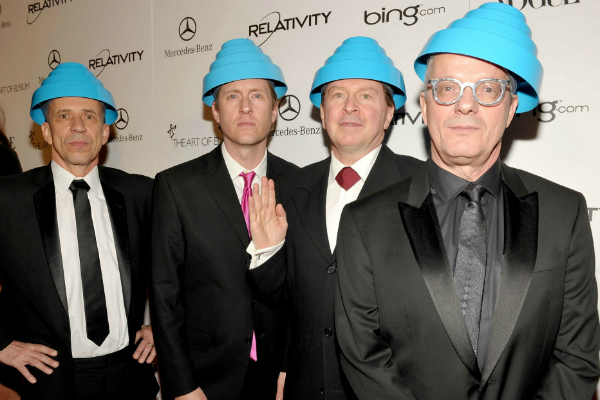A recording technique that has long been used for interesting and amusing effect is to change the speed of the playback. Faster would raise the pitch, slower would lower it. In some cases, artists slowed the tape speed down during tracking to make instrument parts easier to play or to hit higher notes, and then sped up for the final mix. Other times they would adjust the tape speed during mastering to get a sound they liked more. The timbre of the notes changes. Guitars played back at even slightly faster speeds sound chimier. Vocals at slightly slower speeds have a deeper resonance.
One of my favorite Beatle songs, which coincidentally used this technique, is Rain, where the master was slowed down. The guitars sound sublime, especially that little guitar break at 2:33.
In thinking about the Beatles use of the varispeed technique, it occurred to me that the backing vocals on Magical Mystery Tour sounded like they were pitched upwards. And indeed they are. Here are some parts with the final version followed by the slower playback which would have been used during tracking:
On a tape machine, this was easy to do, as you just needed to flip a switch for preset speeds (typically 30ips, 15ips, 7.5ips and 3.75ips), or change the voltage to the capstan motor (varispeed) for continuous increments. In the digital world, this is, surprisingly, not straight forward. Pitch tuning (Autotune, Melodyne, …) allows you exceptional ability to change notes. But this does not sound the same to me, and more extreme changes result in artifacts that sound bad. Changing the playback speed for recording or mastering takes a couple of extra steps.
All that to say, as a little exercise, I took a run at Alvin and the Chipmunks, to see what the real voice behind the little critters actually sounds like. Here is the amusing result at half-speed, from the original 1958 recording of Witch Doctor that started it all for Alvin:


